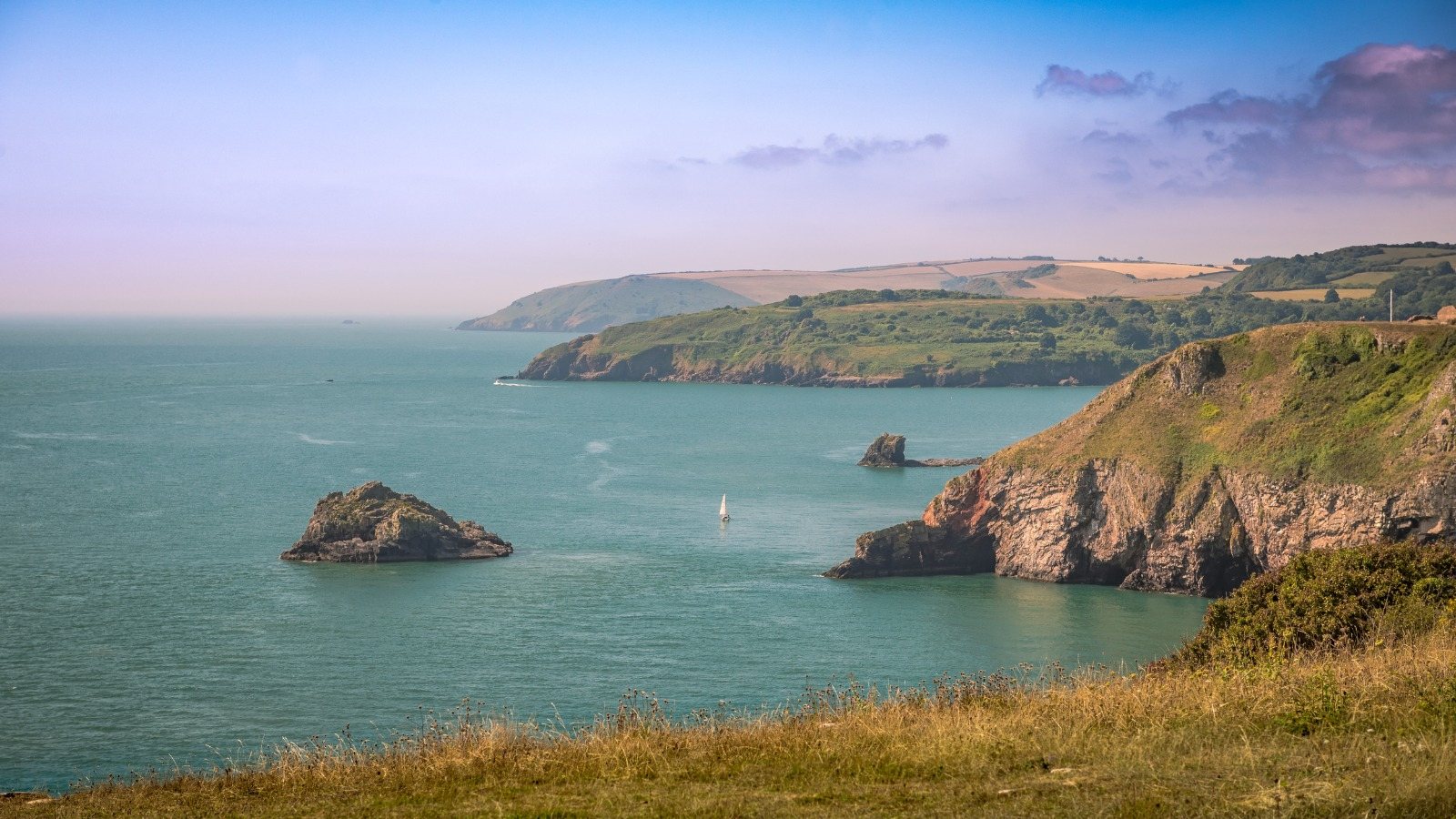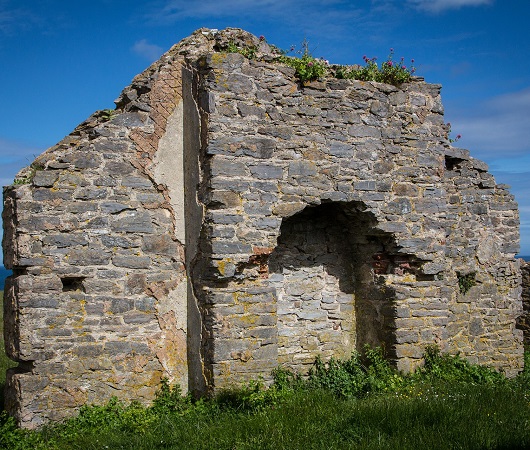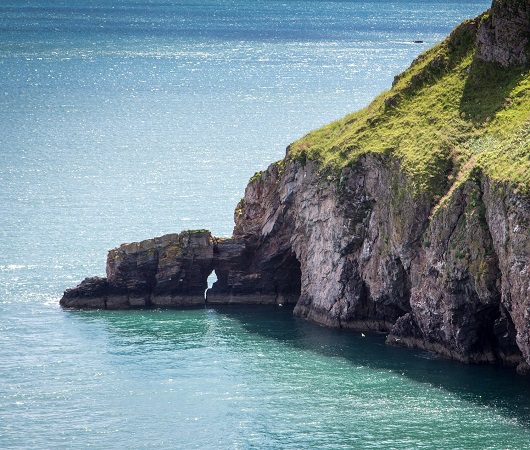Berry Head National Nature Reserve, Devon
25th August 2021

A glorious gateway to the English Riviera Global Geopark, Berry Head Nature Reserve is an internationally-recognised heritage site. Well-known for its history and wildlife, it’s the site of an iconic lighthouse, Napoleonic garrison fort and a range of important flora and fauna.
Marking the entrance to the tranquil scenes of the English Riviera, South Devon’s striking Berry Head Nature Reserve extends across a towering coastal headland that rises 200ft above the English Channel. Once prized for its defensive potential, it has provided an important look-out since the 1700s and even today protects the remains of two garrisoned forts. With roots dating back to 1795, these forts were created to defend Brixham Harbour from potential invasion from the French. In fact, so significant were these outposts that the Northern Fort actually housed 600 men, including soldiers and local militia.

While in later the years the headland was repurposed as a quarry for local limestone (producing over 200,000 tons of material), today it provides a wonderful refuge for wildflowers, birds, mammals and insects instead. Open to the public, you can see still both the Southern Fort and Northern Fort and wander close to the working lighthouse too, originally built in 1906. Not just providing safe passage to mariners, the lighthouse also boasts the titles of England’s shortest, highest and deepest lighthouse.

That said, if you are more interested in learning about the local wildlife, you won’t be disappointed. Surrounded on three sides by water, Berry Head Nature Reserve is Torbay’s most designated heritage site and is a magnet for nature-lovers and outdoor enthusiasts. Especially popular amongst birdwatchers, it is home to a protected guillemot colony, while peregrine falcons, sparrowhawks, fulmars, kittiwakes and many more species can also be seen around the headland. Out to sea, seals and dolphins can be spotted, whilst hidden in the quarry caves are Britain’s most endangered mammals: greater horseshoe bats.

For those who just can’t sit still, Berry Head is also the site of some great walks, as well as rock-climbing spots and even kayaking opportunities too. Traced by the South West Coast Path, you can easily follow the headland around to drink in the panoramas before branching off and heading further afield. To learn more about the history of the headland and its status as a national nature reserve, you can pop into the onsite visitor centre, later rewarding yourself with a bite to eat in the reserve’s welcoming café.
